Cat fleas are a common problem that many cat owners may encounter at some point. These tiny pests can not only make our feline companions uncomfortable but can also infest our homes. In order to effectively combat and prevent flea infestations, it is important to have a good understanding of what cat fleas look like and how to identify them.
At first glance, cat fleas may be difficult to spot due to their small size. They typically measure about 1-2 millimeters in length and have a flattened body shape. Their bodies are dark brown to black in color, allowing them to blend in with the fur of cats. As ectoparasites, cat fleas use their powerful hind legs to jump onto their host, making them highly mobile and capable of quickly spreading from one animal to another.
One characteristic feature that distinguishes cat fleas from other types of fleas is the presence of combs on their bodies. These combs, located on the head and abdomen, help the fleas navigate through the fur of their host and hold onto their hair. Additionally, cat fleas have strong mouthparts that enable them to pierce the skin of their host and extract blood for nourishment.
Identifying cat fleas can be tricky, especially if your cat is constantly grooming itself. The most obvious signs of a flea infestation are often observed through the behavior and appearance of the cat. Excessive scratching, biting, or licking of certain areas, particularly the lower back, tail base, and abdomen, can indicate the presence of fleas. Additionally, the presence of small black dots, known as flea dirt, on the cat's fur or bedding is a common indicator of flea activity.
Cat fleas not only pose a threat to our furry friends but can also cause discomfort and irritation to humans. Flea bites on humans can cause itchy, red bumps, which can be especially problematic for individuals with allergies or sensitive skin. Therefore, prompt identification and treatment of cat fleas are crucial to prevent these pests from causing further harm.
In the upcoming sections of this blog post, we will delve deeper into the lifecycle of cat fleas, effective methods of prevention and control, as well as the importance of consulting a veterinarian for proper flea treatment. By understanding the appearance and behavior of cat fleas, you will be better equipped to keep your cat and your home flea-free.
Why it's important to recognize cat fleas

Recognizing cat fleas is crucial for every pet owner, as it helps in maintaining the health and well-being of our furry companions. While cat fleas may seem like small pests, their presence can lead to not only discomfort but also various health issues for both cats and humans. Understanding why it’s important to recognize cat fleas is the first step towards effective prevention and treatment.
Firstly, cat fleas are notorious for their ability to reproduce rapidly. A single female flea can lay up to 50 eggs per day, which means a small flea infestation can quickly escalate into a major problem. By recognizing cat fleas early on, pet owners can take prompt action to prevent the infestation from growing and causing more harm.
Furthermore, cat fleas are not just a nuisance to pets, but they can also transmit diseases. These tiny creatures can carry diseases like cat scratch disease, typhus, and even the bubonic plague. By identifying cat fleas, pet owners can protect their cats from potential illness and avoid the risk of spreading these diseases to other animals or humans in their household.
In addition to health concerns, recognizing cat fleas can also help preserve and maintain the cleanliness of our homes. Fleas are known for their ability to infest not just the fur of our beloved pets but also their surroundings, including bedding, carpets, and furniture. By detecting cat fleas early, pet owners can take the necessary steps to clean and treat their homes, minimizing the chances of a full-blown infestation.
Finally, recognizing cat fleas can prevent unnecessary suffering for our feline friends. Fleas cause itching, irritation, and discomfort for cats, leading to excessive scratching, hair loss, and skin infections. By identifying cat fleas, pet owners can provide timely relief for their furry companions, ensuring their well-being and overall happiness.
In conclusion, recognizing cat fleas plays a crucial role in maintaining the health and happiness of our pets. By understanding the importance of early detection, pet owners can take proactive measures to prevent infestations, safeguard the health of their pets, minimize the risk of disease transmission, and maintain a clean and comfortable environment for all members of the household. Stay vigilant and prioritize regular check-ups and preventive measures to ensure a flea-free, healthy existence for our feline companions.
The life cycle of cat fleas and how they reproduce

Cat fleas are tiny, wingless insects that are often found infesting our feline friends. Understanding the life cycle and reproductive habits of cat fleas is crucial in effectively combating and preventing their spread.
The life cycle of a cat flea consists of four main stages: the egg, larva, pupa, and adult. Female fleas lay their eggs on the host animal, which means that the eggs often end up in the cat's fur, bedding, or other areas the cat frequently visits. These eggs are tiny, white, and somewhat oval-shaped, making them difficult to spot with the naked eye.
After a period of a few days, the flea eggs hatch into larvae. The larvae are worm-like and small, measuring only a few millimeters in length. They are typically a pale white color and avoid light, so they tend to hide in dark places such as carpets, cracks, or crevices. The larvae feed on organic matter like flea feces, dead skin cells, and other debris.
As the larvae continue to feed and develop, they enter the pupal stage. During this stage, the larvae spin a cocoon around themselves, primarily to protect their developing bodies. The cocoon is sticky and often collects debris from the environment, making it well-camouflaged. Inside the cocoon, the pupa undergoes transformation and becomes an adult flea.
The adult flea emerges from the cocoon when it senses the presence of a potential host nearby. Fleas are highly specialized parasites and rely on blood meals from animals such as cats to survive. Once an adult flea has found a host, it latches onto the animal's skin, using its specialized mouthparts to pierce the skin and feed on blood.
Female fleas are known for their remarkable reproductive capacity. Once a female flea has fed, it can start laying eggs within 24 to 48 hours. In ideal conditions, a single female cat flea can lay up to 50 eggs per day, leading to a rapid increase in their population. These eggs then fall off the host animal and continue the life cycle, starting the infestation process anew.
Understanding the life cycle and reproductive habits of cat fleas is key to breaking the cycle of infestation. Effective flea control measures should aim to target all stages of the flea life cycle, including treating the host animal, as well as the environment where the eggs, larvae, and pupae may be hiding. Regular grooming, vacuuming, washing bedding, and using appropriate flea control products can help keep these pesky parasites at bay and ensure the well-being of our beloved feline companions.
Physical characteristics of cat fleas (size, color, shape)
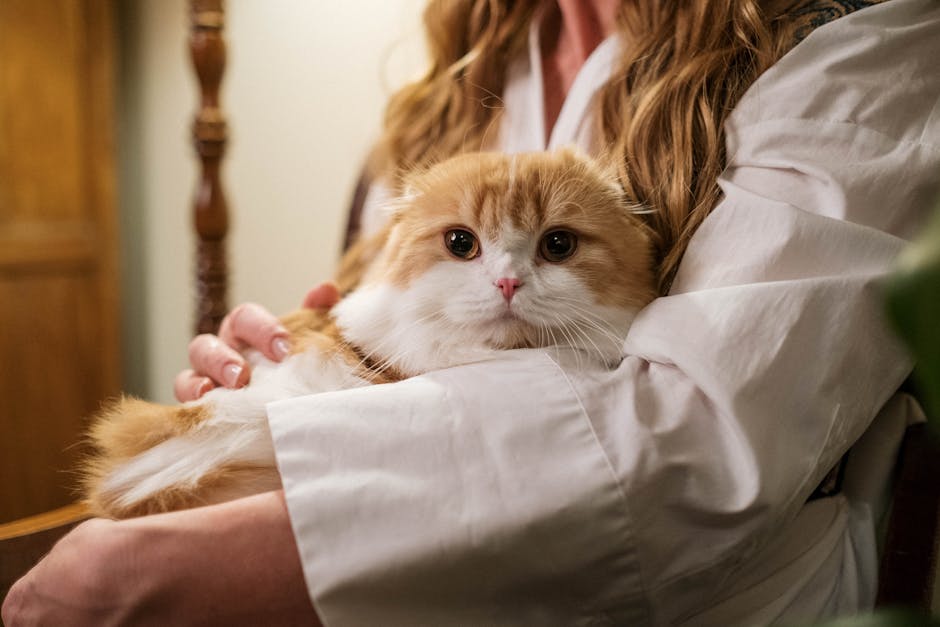
Cat fleas, like other fleas, are small but highly resilient insects that can cause discomfort and nuisance for our feline companions. Understanding their physical characteristics can help us recognize and tackle flea infestations effectively.
Size: Cat fleas are tiny creatures, measuring around 1 mm to 2 mm in length, making them barely visible to the naked eye. Despite their minuscule size, they can move swiftly and jump impressively, which allows them to navigate through the cat's fur and leap onto other surfaces.
Color: Cat fleas have a distinct coloration that helps them blend in with the fur of their hosts. While their overall body color ranges from light to dark brown, their narrow and flat body shape appears almost translucent. This translucent appearance makes it easier for fleas to become camouflaged within the darker shades of a cat's fur.
Shape: The anatomy of a cat flea is specifically adapted for its parasitic lifestyle. Fleas possess a compressed and elongated body shape that enables them to maneuver efficiently between hairs on a cat's coat. Their bodies are covered in numerous bristles that not only aid in navigation but also assist in clinging to the host's fur. Additionally, the flea's abdomen is laterally flattened, allowing it to move effortlessly through the hairs without causing significant disturbance to the host.
While knowing the physical characteristics of cat fleas is important, it's equally vital to remember that their presence can lead to discomfort, irritation, and potential health issues for cats. Therefore, regular preventive measures, such as consistent flea treatments, grooming, and keeping indoor environments clean, are crucial in maintaining the well-being of our feline friends.
In the next section, let's discuss the life cycle of cat fleas, shedding light on their reproductive capabilities and how they perpetuate their infestations.
The body structure of cat fleas (head, thorax, abdomen)
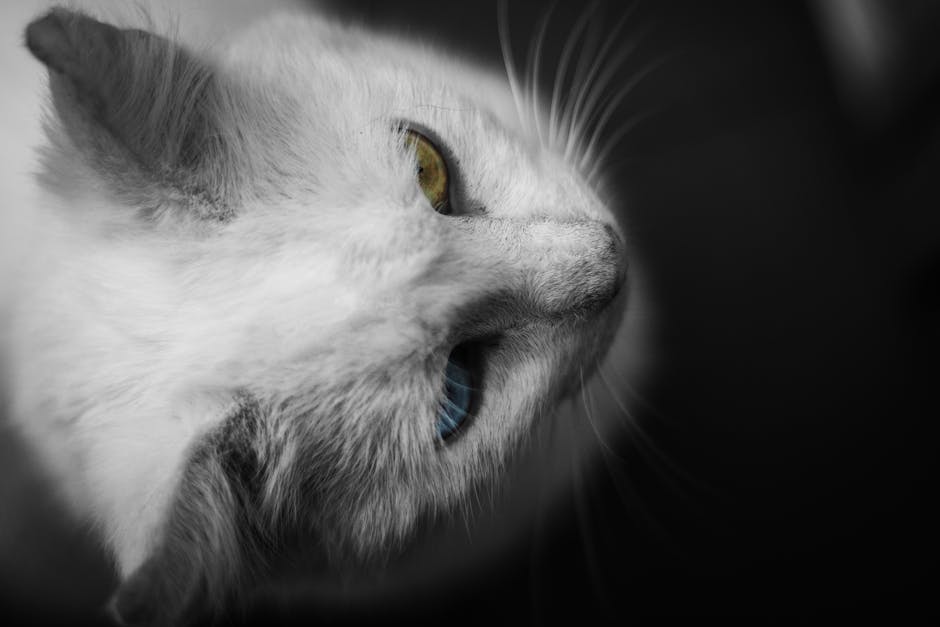
Cat fleas are small, wingless insects that are parasitic in nature. Understanding their body structure is essential in order to effectively identify and combat these pests. The body of a cat flea can be divided into three main parts: the head, thorax, and abdomen.
The head of a cat flea is small, but extremely important for its survival. It features a pair of large compound eyes, which help the flea detect movement and locate potential hosts, such as cats or dogs. Additionally, the head houses a pair of antennae that serve as sensory organs, enabling the flea to navigate its environment and find suitable places to lay eggs.
Attached to the head is the thorax, the middle section of the flea's body. This segment is responsible for the flea's remarkable jumping ability. The thorax of a flea is characterized by three pairs of legs, each equipped with tiny claws that allow the flea to cling onto its host or crawl among the hair or feathers. The hind legs of the flea, in particular, are specifically adapted for jumping, enabling these tiny insects to propel themselves up to 150 times their own length. This incredible jumping ability is what allows fleas to quickly move from one host to another or escape potential dangers.
Finally, the rear part of the flea's body is known as the abdomen. The abdomen is responsible for various vital functions, such as digestion and reproduction. It contains the flea's digestive system, including the mouthparts used for feeding on the host's blood. The abdomen also houses the reproductive organs of the flea, allowing them to lay eggs and continue their life cycle.
Understanding the body structure of cat fleas is vital in identifying and preventing infestations. By recognizing their distinct features such as the head, thorax, and abdomen, one can better understand their behavior and take appropriate measures to control and eliminate these pesky parasites.
Unique features of cat fleas, such as their jumping ability and mouthparts
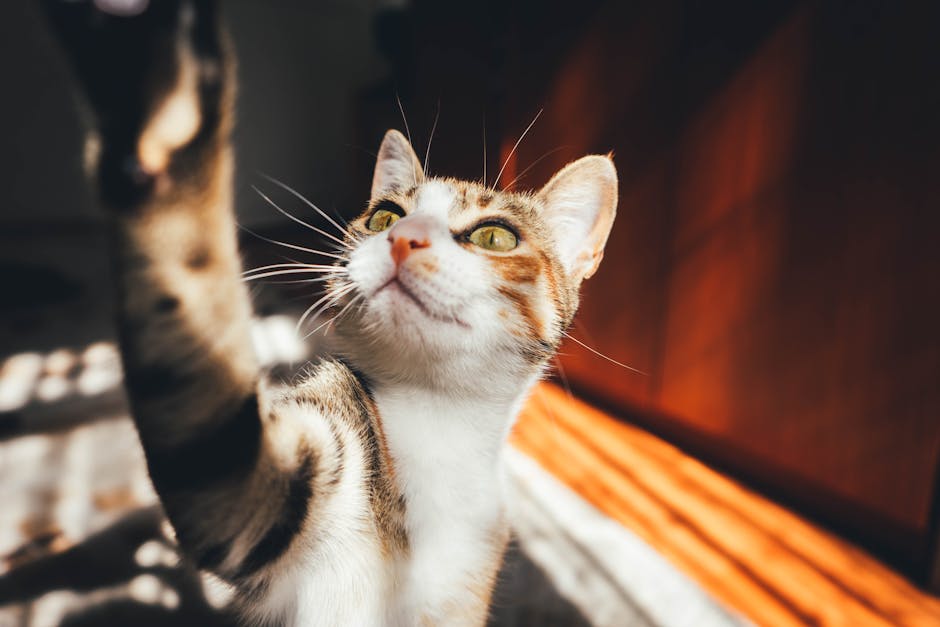
Cat fleas, despite their tiny size, possess several unique and fascinating features that make them well-adapted parasites. One such feature is their remarkable jumping ability. A cat flea is capable of leaping up to 150 times its own body length! This incredible feat is achieved through their specially designed hind legs, which have adapted for jumping rather than walking. These legs are equipped with long and powerful muscles that allow them to generate an impressive amount of force to propel themselves through the air.
In addition to their jumping prowess, cat fleas also possess specialized mouthparts that aid in their survival as blood-feeding parasites. Their mouthparts are specifically adapted for piercing the skin of their host and sucking blood. Unlike mosquitoes, which have a long, needle-like proboscis, cat fleas have a short and stout mouthpart known as a stylet. This stylet acts as a piercing organ, allowing the flea to penetrate the skin and locate a blood vessel.
Once a cat flea has successfully penetrated the skin, it inserts its saliva into the bloodstream. The saliva acts as an anticoagulant, ensuring that the blood keeps flowing freely, while also containing substances that prevent the host from feeling any pain or irritation from the flea's feeding activity. This clever adaptation allows cat fleas to go unnoticed by their feline hosts and continue feeding for extended periods.
Furthermore, cat fleas have evolved a unique ability to reproduce rapidly, allowing them to establish large infestations in a short period. Female fleas are capable of laying hundreds of eggs within their lifetime, with each egg capable of hatching into a larva within a matter of days. This quick reproductive cycle ensures a continuous supply of new fleas, making them a persistent nuisance to pet owners.
In conclusion, cat fleas possess astounding features that enable them to thrive as parasites on their hosts. From their extraordinary jumping abilities to their specialized mouthparts for feeding, these small insects have evolved to exploit their feline hosts efficiently. Understanding these unique features can help pet owners take effective measures to control and prevent flea infestations, ensuring the well-being of their beloved furry companions.
Differences between male and female cat fleas
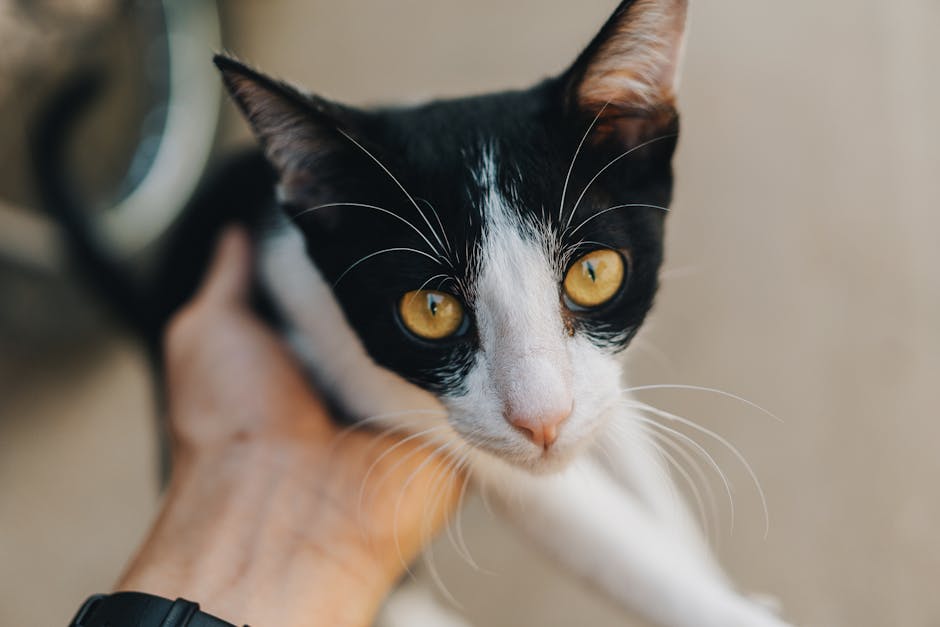
Male and Female Cat Fleas: Spotting the Differences
While cat fleas may be tiny and difficult to see, there are subtle variations that can help distinguish between males and females. Understanding these differences can be important for identifying and managing flea infestations in cats. Here are some key characteristics to look for:
1. Size: In general, female cat fleas tend to be larger than males. A fully grown female flea measures about 1/8 of an inch, while males are slightly smaller, typically around 1/16 of an inch. Although size alone cannot be relied upon for identification, it can provide a general indication of the flea's sex.
2. Shape: Male and female cat fleas have distinct body shapes. Females are often rounder and wider, particularly in the abdominal region, while males appear more slender. Observing fleas under a magnifying glass or with the help of a flea comb can provide a clearer view of these shape differences.
3. Abdomen: The most significant difference between male and female cat fleas lies in their abdomens. Female fleas have a larger, more rounded abdomen due to their role in reproduction and egg production. The abdomen of a male flea, on the other hand, appears narrower and less pronounced.
4. Genital Openings: Another distinguishing feature is the presence of genital openings. On female cat fleas, the genital opening is located on the ventral side of the abdomen, near the rear end. In contrast, males have their genital openings positioned closer to the body's midsection.
It is important to note that identifying the sex of individual fleas may not always be practical or necessary when it comes to treating flea problems in cats. However, understanding the differences between male and female cat fleas can provide valuable insights into their life cycle and reproductive patterns. Additionally, consulting with a veterinarian is crucial when dealing with a flea infestation and determining the appropriate treatment options.
By paying attention to these subtle variations, cat owners and pet professionals can become better equipped to tackle fleas effectively, ensuring the well-being and comfort of their feline companions.
How cat fleas attach themselves to a cat's fur
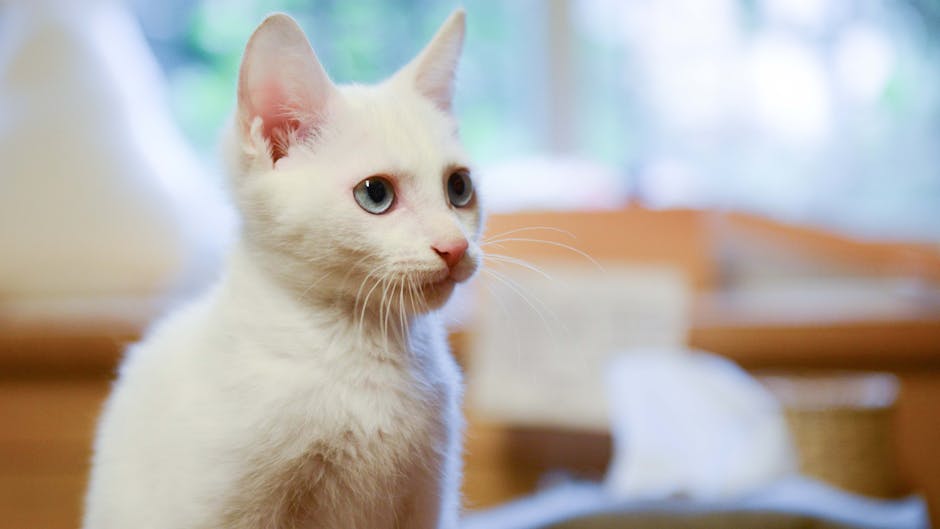
Cat Fleas: Masters of Attachment
When it comes to cat hygiene, one topic that often strikes concern among pet owners is the issue of cat fleas. These tiny parasites, measuring about 1 to 3 millimeters in length, can wreak havoc on both the physical and emotional wellbeing of your beloved feline companion. But have you ever wondered how these pesky critters manage to attach themselves to your cat's fur?
Cat fleas have mastered the art of attachment to survive and reproduce. They possess specialized mouthparts designed to penetrate the cat's skin, enabling them to feed on its blood. But before they can have their blood meal, they need a secure foothold on your cat's fur.
To attach themselves, cat fleas employ an astonishing combination of tactics. The most common method they employ is using their powerful hind legs. These legs are equipped with special bristles and claws that allow them to grasp and hold onto the hairs on your cat's body. By latching onto the fur, the fleas can remain close to their source of food and evade being dislodged by your cat's grooming efforts.
Another clever trick employed by cat fleas is their ability to navigate through your cat's fur. The tiny size of these parasites allows them to effortlessly maneuver between the hair strands, making it difficult to spot or remove them. Additionally, their elongated bodies are adapted to squeeze into even the tiniest gaps between hair fibers, ensuring a firm grip on their host.
Once attached, cat fleas possess remarkable resilience, making it challenging to dislodge or eliminate them. Their unique body structure enables them to withstand the constant scratching and grooming attempts by your cat. Even washing your cat or using regular pet shampoos may not be enough to get rid of these determined parasites.
To truly combat these fleas, it is crucial to address infestations on multiple fronts. Consult your veterinarian for effective flea control methods such as topical treatments, oral medications, or flea collars specially formulated to eradicate and prevent future infestations. Regular grooming, including combing with a fine-toothed flea comb, can also help in detecting and removing fleas from their hiding spots.
Remember, prevention is always better than a full-blown infestation. Stay vigilant, keep your cat's environment clean, and regularly inspect them for any signs of fleas. By staying one step ahead and understanding how these pests attach themselves, you can protect your furry friend from the discomfort and health risks associated with cat fleas.
Common misconceptions about cat fleas and their appearance

Many people have misconceptions about cat fleas and how they actually look like. It is important to debunk these myths in order to gain a better understanding of these pests. Contrary to popular belief, cat fleas cannot be easily seen by the naked eye due to their small size. They measure about 1-2 millimeters in length and are dark brown in color. Their flattened bodies allow them to move efficiently through the fur of their host without being detected.
One common misconception is that cat fleas have wings. In reality, fleas do not possess wings, but their powerful legs enable them to jump up to 18 centimeters horizontally and 33 centimeters vertically. This impressive jumping ability is how fleas can quickly move from one host to another and infest an entire household in no time.
Another misconception is that fleas are easy to catch and kill. Due to their small size and agility, they can evade being crushed or captured easily. Additionally, their ability to rapidly reproduce poses a challenge for pet owners looking to eradicate them. Female fleas can lay up to 50 eggs per day, and these eggs can hatch within 2-12 days, contributing to the rapid population growth of fleas.
It is important to note that cat fleas are not only a nuisance to pets but can also pose health risks to humans. They are known to transmit diseases such as cat scratch disease, typhus, and even the bubonic plague in rare cases. Therefore, it is crucial for pet owners to take effective measures to prevent and control flea infestations.
In conclusion, cat fleas are small, dark brown insects that cannot be easily seen by the naked eye. They do not have wings but possess powerful legs that allow them to jump significant distances. Fleas are challenging to catch and kill, and their ability to reproduce rapidly makes them persistent pests. Understanding these misconceptions can help pet owners take the necessary steps to protect their furry friends and maintain a flea-free environment.




